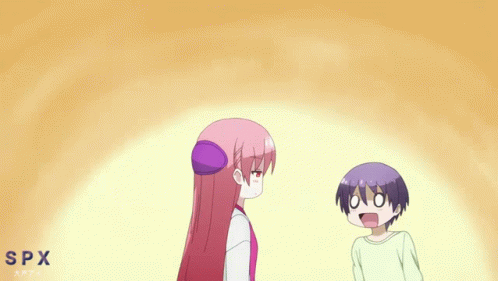- 2,072
- 240
I support using timeframes from animated material rather than guesswork.
Follow along with the video below to see how to install our site as a web app on your home screen.
Note: This feature may not be available in some browsers.
| As long as a feat from the primary and the secondary canon are displayed in the exact same way, utilization of timeframes displayed in a media that is considered secondary canon (such as an anime adaptation of a feat displayed in a manga) will be allowed. All the rules written in the Cinematic Time page still applies when it comes to evaluation of said feat from the secondary canon. |
This is different. We cannot use Adaptation-Only feats, or feats that contradict the established levels of the original work.The real cal howard said:Inb4 MFTL+ DBZ, Rel Naruto, FTL Bleach and FT, etc.
this thread is 6 years oldWe already do this pretty much, we’re allowed to use Anime context to help out a Manga feat if it’s unclear. The issue arrises when an Anime feat is so clearly above a Manga version of a feat. For example, in Fairy Tail, in the Manga, Deus Sema is not that big compared to Erza and creates a small impact upon re-entering Earth’s Atmosphere, meanwhile in the Anime, the shit is humongous and practically shakes the planet when it enters its atmosphere. Anime helps add context and scaling when need be, but the point is that Manga takes priority when compared to the Anime in general.

Screw it, I'm closing this thread out of spite!Certainly a "Please kill me" moment you got there mitch.
